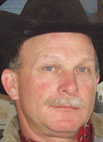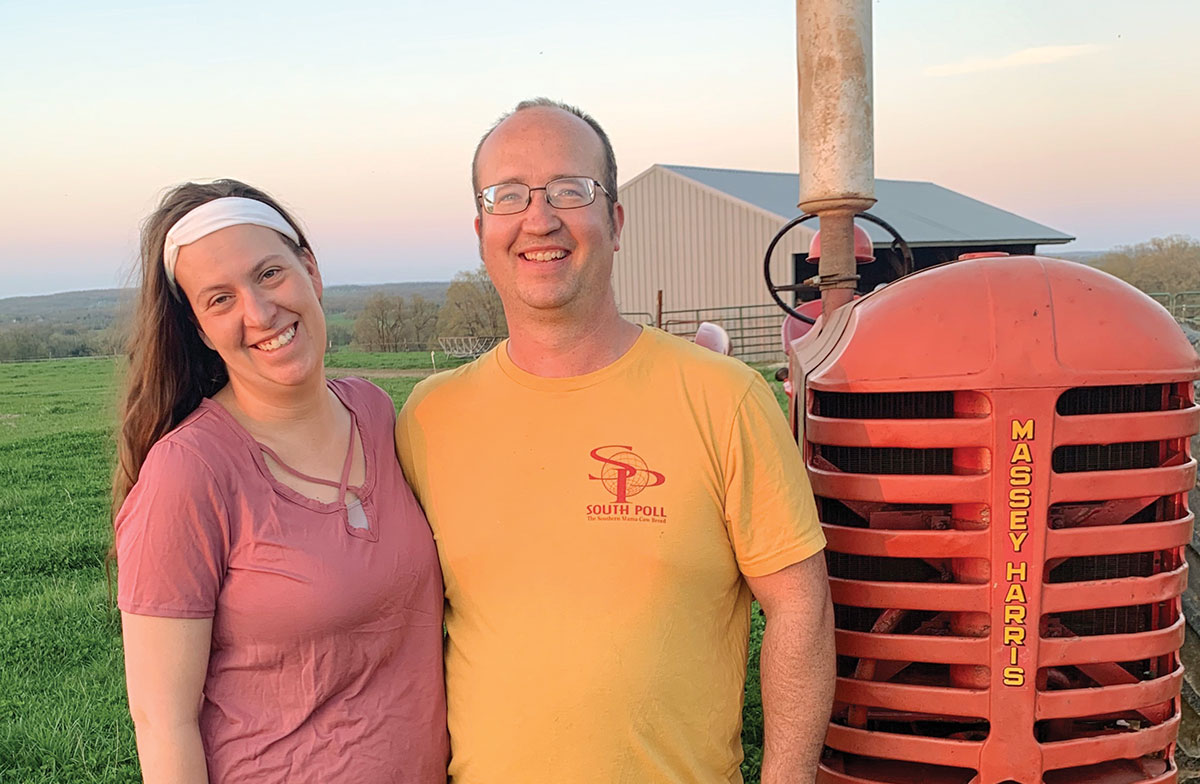
Love is in the air when Feb. 14 rolls around at Tim Durman’s farm in Seneca, Mo. That’s the time Tim chooses to crossbreed his Black Maine-Anjou bulls with mostly Black Angus momma cows.
“I’m kind of an odd duck that way. That means that I start calving in December and January, and finish up in early February. You really have to be on your toes and watch the weather, even fight it sometimes, but when the grass comes up in early May, your calves are ready to really grow on that grass,” Tim explained. “It gives them the best start.” Right now Tim is building his crossbred herd with 15 heifers to be bred shortly. He has five Maine-Anjou bulls.
Why Maine-Anjou?
"Maine-Anjou work very well with other breeds, and the calves are good “do-ers” after you peel them off the mommas. With a birth weight around 80 to 85 pounds, their weaning weight is at 650 pounds plus. I feed them good fescue and Bermuda, and 3 to 6 pounds of grain a day. When they reach 800 pounds, they’re feedlot ready. I sell pounds, and quality is the bottom line. You have to be able to predict what that calf will do at the other end. I don’t use AI to breed. My cows breed naturally. If a cow doesn’t get pregnant, then she’s culled.”
Genetics and Patience
Tim selects his bulls with the use of EPDs. “I look, and breed for, predicatability. Birth rate and growth rate are really important. I also have the Maine Anjou bulls I buy DNA tested. I want bulls that don’t have the red gene, because I’ve found that the black hide is in greater demand. I get my black Maine-Anjou bulls from Glen Oaks Farms and black Angus from 2S Ranch.”
Tim grew up on a farm in southwest Missouri. After he and his wife, Diane, were married, they purchased 80 acres just east of Seneca, and have been there for 24 years. Tim also leases 640 acres for his 105-count herd. “Diane works the farm with me, but she also works as a secretary at Seneca High School. She lets me be the country boy. We have three children, Jennifer, Casey and Tiffany (TJ). TJ is the one that helps me out here on the farm. In fact, she saved a calf last week that was born on one of the coldest days this winter. It was 24 hours old and hadn’t had any of momma’s milk. TJ rounded them up with the help of a neighbor and got them to a portable corral. The calf was able to start sucking and is doing fine. You have to have that kind of patience with this breeding schedule.”
To Market, To Market
“I sell my calves mostly through the video auction at the Joplin Stockyard. I market about 80 percent of my calves that way. I’ve also found that an additional way to market cattle is through semi-load lots, about 50,000 pounds each lot. This can make a small guy, like me, bigger. I can start with my own cattle, then buy more to fill out the lot.”
Tim works about 20 to 25 hours a week as a Field Representative at Joplin Regional Stockyards. “My dad owned the National Commission Company at the old Joplin stockyard, and I grew up with it. It’s great to be able to see all the breeds that come to town from local sources. Cattle are my love — part of my upbringing on the farm that stuck.”







